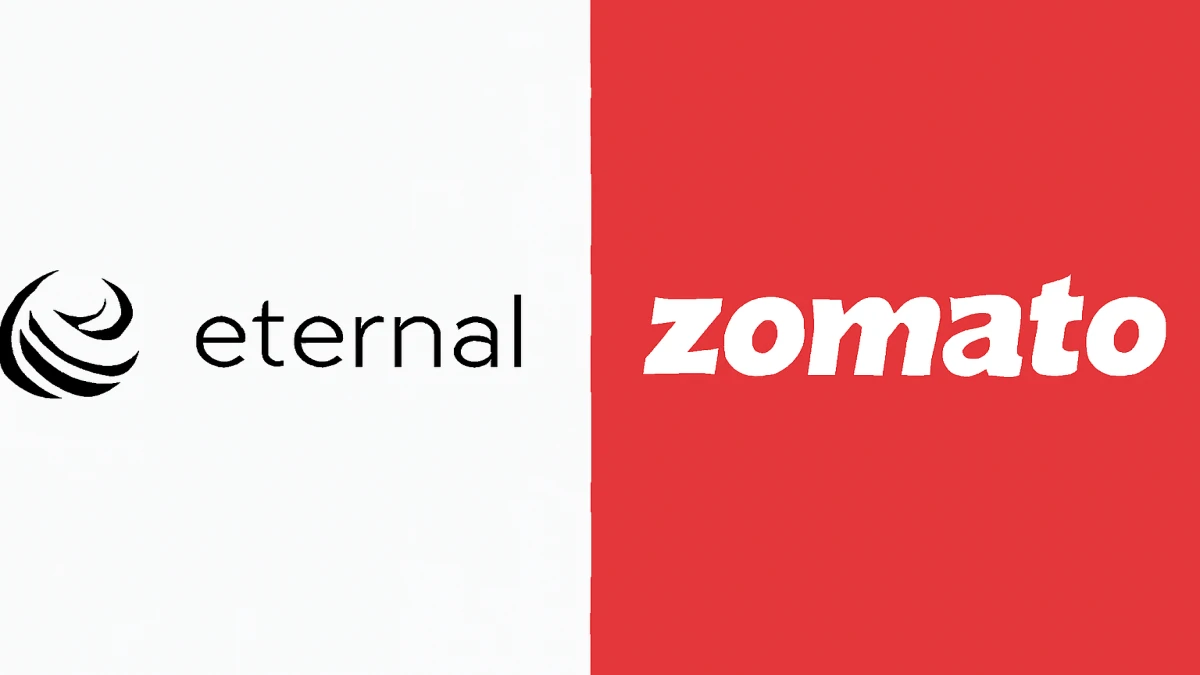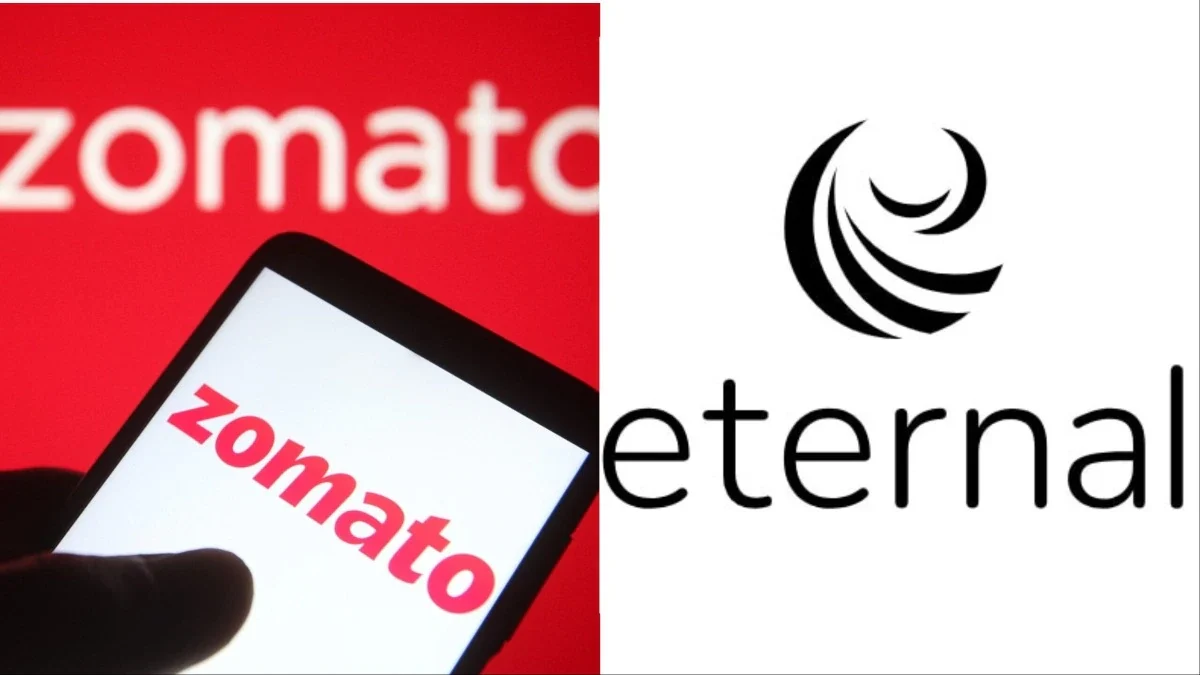A pivotal day in India’s corporate earnings season has seen headline Q1 results from three market-moving companies—IDBI Bank, Zomato (under parent Eternal), and UltraTech Cement—each reporting numbers that triggered a mix of optimism and caution across the Street. While UltraTech Cement posted a spectacular 49% surge in net profit, IDBI Bank delivered solid profit growth despite income pressures, and Zomato stunned with explosive revenue, but a sharp drop in profit. The contrasting outcomes paint a nuanced portrait of the Indian economy’s strengths and strains as FY2026 begins in earnest.
Below, we unpack the highlights, sector context, management commentary, and what’s driving stock market sentiment after these high-impact disclosures.
The Q1 earnings season is increasingly being viewed as a window into how Indian companies are adapting to a complex macroeconomic backdrop—marked by rising interest rates, fluctuating input costs, evolving consumer behavior, and geopolitical tensions. UltraTech’s disciplined cost management amid soft demand, Zomato’s aggressive investment-led scaling, and IDBI Bank’s conservative but clean lending approach represent three vastly different business models co-existing in the Indian marketplace. Together, their results are sparking broader investor conversations about risk appetite, sectoral rebalancing, and the role of long-term strategy versus quarterly performance.
Zomato’s results, in particular, have illustrated the dual-edge of scale: while quick commerce has clearly caught fire, it’s also burning cash at an unprecedented speed. Blinkit’s rise has led analysts to recalculate the company’s long-term unit economics and question how long the group can subsidize low-margin offerings while chasing market share. At the same time, the 70% revenue jump demonstrates demand elasticity and shifting urban consumption patterns. Investors remain divided—some applaud the team’s vision, while others demand greater fiscal discipline and monetization efficiency. The next few quarters will be critical in determining whether Zomato can evolve from a high-growth startup into a sustainable, profitable tech enterprise.
Meanwhile, UltraTech Cement’s stronger numbers, though impressive, expose sensitivities in the cement sector that are difficult to fully control—such as coal prices, monsoon trends, and infrastructure funding timelines. The company’s scale and operational footprint give it flexibility, but market pricing pressure remains a concern, especially as new entrants and regional players ramp up production and offer discounts to gain share. Despite these pressures, UltraTech’s consistent profit surge positions it as one of the safer large-cap bets in India’s cyclical sectors, attracting both domestic institutional investors and long-term global funds seeking predictable bottom-line growth.
IDBI Bank’s Q1 performance, though less flashy, may resonate most with conservative investors. Its sharply improved asset quality, minimal slippages, and low net NPA position it among India’s cleanest banks in terms of financial hygiene. However, the slippage in net interest income has led to renewed concerns about whether public-sector banks can accelerate from recovery mode into genuine expansion. As the bank eyes a future disinvestment or strategic sale, how it performs on core earnings and digital competitiveness will likely dictate its valuation and investor expectations. For now, IDBI remains a picture of balance sheet stability—though the pressure to deliver topline growth steadily rises.

1. UltraTech Cement’s Q1: Profit Soars 49%, Volume Growth, Yet Estimates Missed
UltraTech Cement, the country’s largest cement maker, reported a 49% year-on-year (YoY) jump in consolidated net profit for the June quarter at ₹2,226 crore, compared to ₹1,495 crore a year ago. This positive surprise was supported by a 13% growth in revenue to ₹21,275 crore and a 9.7% increase in overall volumes. The company also saw a strong improvement in operating performance, with EBITDA rising 45% YoY to ₹4,410 crore and EBITDA margins expanding from 16.8% to 20.7%.
Despite these stellar year-on-year numbers, the profit and revenue figures slightly missed market expectations. Sequentially, UltraTech’s profit and revenue dipped compared to the March quarter, and analysts highlighted headwinds from price competition and sluggish infrastructure demand in some regions.
Management cited robust cost controls and synergy gains from the integration of India Cements as key drivers behind the margin leap. However, price improvement fell short of forecasts, and rural demand recovery was slower than hoped. Still, with the government’s infrastructure push and pre-festive construction rush expected ahead, industry watchers are mostly bullish on UltraTech’s medium-term story.
2. Zomato (Eternal) Q1: Revenue Rockets 70%, Profit Nosedives
India’s food delivery and quick commerce leader—parent Eternal, hosting Zomato and Blinkit—unveiled a 70% YoY leap in revenue from ₹4,206 crore to ₹7,167 crore, driven largely by explosive growth in Blinkit, its quick-commerce arm. Blinkit revenue more than doubled to ₹2,400 crore, even overtaking the mainstay food delivery segment in order value for the first time ever. Food delivery revenue also posted a healthy jump to ₹2,261 crore for the quarter.
However, the bottom line delivered the biggest shock: net profit tumbled 90% YoY from ₹253 crore to just ₹25 crore. Earnings before interest, tax, depreciation, and amortisation (EBITDA) declined by 35% YoY to ₹115 crore, with margins falling to 1.6% from 4.2%. The heavy investments in accelerating Blinkit’s market leadership, promotional incentives, and higher employee costs ate into profits, even as revenue trends shattered previous records.
CEO Deepinder Goyal struck an optimistic note, describing the quarter as “transformational” and signaling greater focus on profitability for the coming quarters. Still, the market remains divided on how long Zomato can sustain such rapid topline growth without sharper cost discipline.
3. IDBI Bank: Profit Up 17%, Core Income Softens, Asset Quality Stable
For the government and LIC-backed lender, the April–June quarter’s numbers were described as resilient but highlighted underlying pressures. Net profit climbed 17% YoY to ₹2,007 crore—a solid beat, helped by lower operating expenses and steady treasury income. Operating profit for the period was up 13% YoY at ₹2,354 crore.
Yet, an important red flag emerged: net interest income (NII) dipped 2% YoY to ₹3,166 crore, reflecting margin compression in a high-liquidity environment and tighter loan pricing competition. IDBI Bank managed to keep its gross NPA ratio nearly flat at 2.93% (vs. 2.98% last quarter) and net NPA at a best-in-class 0.21%.
Management attributed profit growth to improved recoveries, lower slippages, and renewed efforts to contain costs, even as loan demand from micro and retail segments slow-burned. Investors are watching closely for signs that NII growth can rebound, given the fiercely competitive lending market.

4. Q1 Market Impact: Stocks React, Investors Rebalance
The diverging Q1 numbers fueled volatility in trading. UltraTech Cement shares initially rose on opening, then slipped as quarter-on-quarter softness led some investors to book profits. Zomato’s stock jumped over 7% in morning trade on management’s optimistic commentary and record revenue, despite the drastic profit drop. IDBI Bank’s shares held steady, with gains capped by investor caution over core income headwinds.
Market analysts note this results season spotlights the “bimodal” nature of India’s growth story—where select new economy firms like Zomato scale at breathtaking speed while legacy manufacturing and banking names see incremental, margin-driven growth. Many large institutional investors are now revisiting sector allocations, balancing exposure to high-growth but high-burn tech names with resilient blue-chips.
5. Management Commentaries: Strategic Shifts and Guidance
UltraTech Cement’s management was candid about the need to accelerate pricing power and volume growth, especially as new capacities come online and rural demand stabilizes. The company reiterated its focus on operational leverage, logistics optimization, and cost innovation—while remaining hopeful of a more robust H2 as government infra spends pick up.
Zomato’s leadership doubled down on “food and quick commerce as enduring secular themes for India,” promising a sharper lens on profitability and efficiency. Execution in Blinkit and deepening penetration in smaller cities are seen as top priorities. CEO Goyal remains bullish on turning the company’s current scale into sustainable bottom-line growth within the next 2-3 quarters.
IDBI Bank, meanwhile, emphasized its digital transformation push and ongoing efforts to diversify its loan book. While NII pressures are set to persist near-term, the management is targeting higher fee-based income and continued asset quality improvement to shield margins.
6. Sector Context: Cement, Banking, and New Economy Show Contrasts
The cement sector rides on public spending, housing demand, and rural India’s fortunes. UltraTech’s results—mirrored by rivals in recent quarters—underline the industry’s battle with raw material costs, capacity additions, and price discipline. The biggest lever for growth remains a robust capex cycle and government’s infrastructure drive.
For banks like IDBI, the low NPA numbers are encouraging, but slower net interest income growth hints at maturing credit cycles. Competition from private peers and fintechs is intense, pushing legacy lenders to innovate or risk stagnation.
New economy firms like Zomato (Eternal) reflect India’s consumption transformation. Quick commerce’s outsized growth, delivered by innovations in logistics and digital engagement, is both an opportunity and a stress test for profitability—forcing players to chase efficiency even as they chase scale.
7. Challenges and Opportunities Ahead
UltraTech Cement faces price volatility, sluggish rural off-take, and greater regulatory scrutiny on environmental grounds. The management remains optimistic but vigilant about evolving market dynamics, upcoming state elections, and monsoon patterns that influence demand.
Zomato’s biggest challenge isn’t customer demand, but stemming the cash burn while staying ahead. Profitability hinges on reigning in costs, improving order-level margins, and leveraging its customer base for cross-selling and loyalty.
IDBI Bank’s next hurdle is to reverse the slide in core income and ensure that asset quality outperformance is not offset by flat topline growth. Its continued digital pivot, cost controls, and selective lending will remain under investor scrutiny.
8. Takeaway: A Quarter of Contrasts Sets the Tone for FY2026
India Inc’s first quarter has delivered a clinic in contrasts: breakneck topline growth for scaled digital leaders, margin resilience in old-economy stalwarts, and a lending sector juggling caution and ambition.
UltraTech Cement’s profit surge, Blinkit’s revenue triumph, and IDBI Bank’s profitability all reflect both the promise and pressure of a rapidly evolving market landscape.
The next leg of the fiscal year will test which business models can sustain momentum, deliver innovation, and build resilience as consumer sentiment, global factors, and competitive pressure wax and wane.
Follow: Eternal

